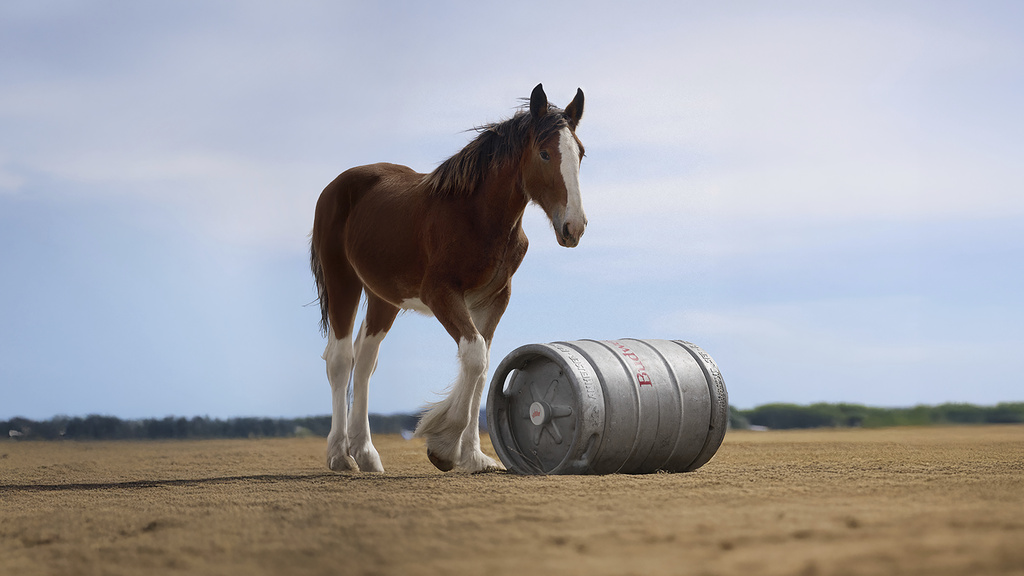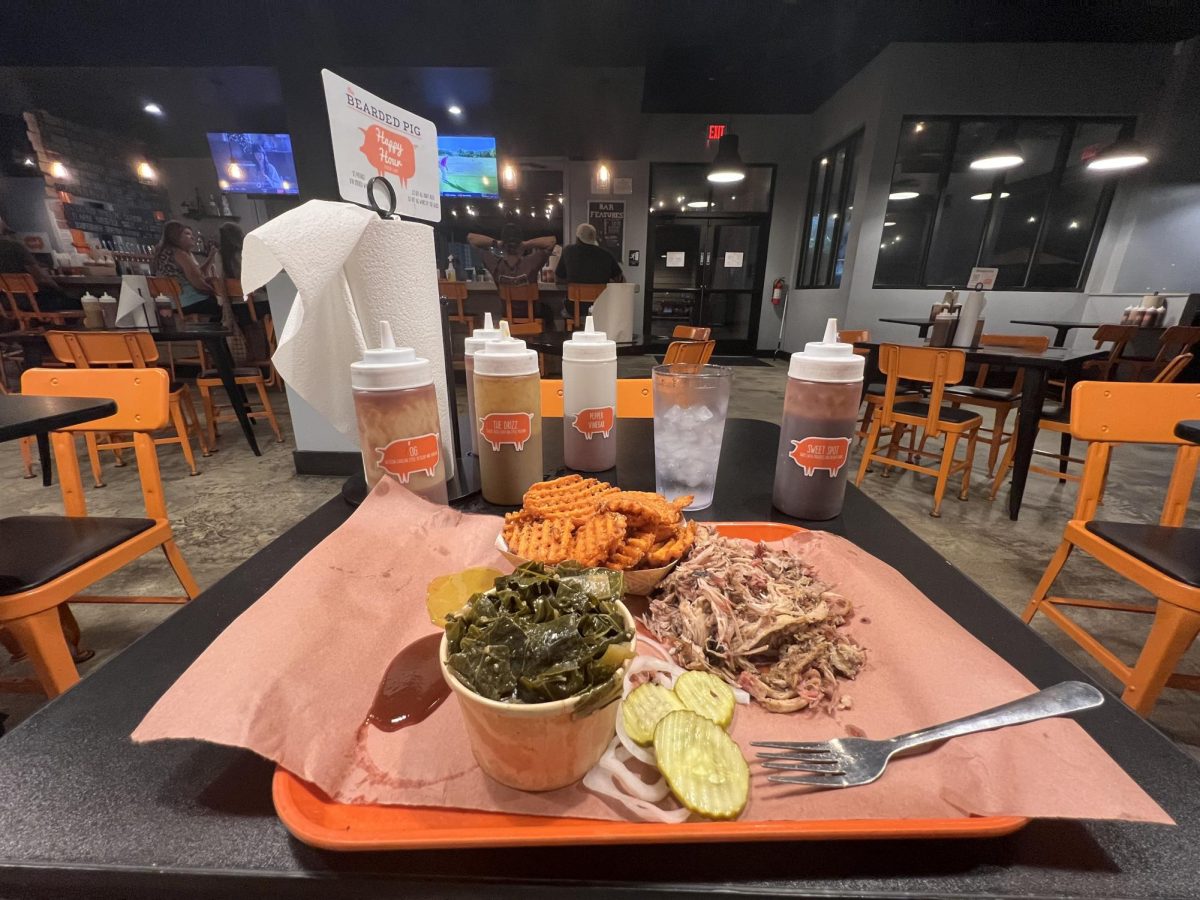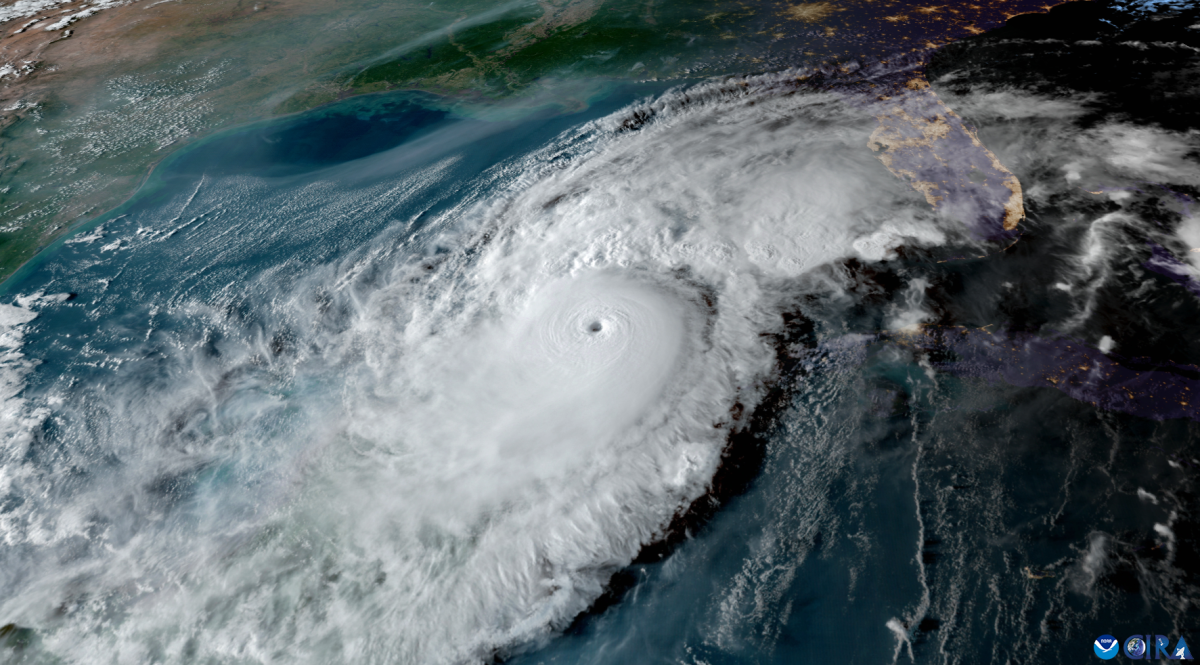[Eds Note: This article has been published in partnership with Spinnaker Radio to feature LGBTQ+ music artists and celebrate Pride Month.]
On October 28, 1987, Frank Ocean was born with the name Christopher Edwin Breaux. Shortly after his birth in Long Beach, California, his family moved to New Orleans. Breaux was influenced by music early in his life through his mother’s CDs and by going to the jazz clubs in New Orleans.
It wasn’t until 2015 that Breaux officially changed his name to Frank Ocean, according to NME.
Working various jobs to pay for studio time, Ocean started creating his own music in high school. Hurricane Katrina interrupted Ocean’s college experience at the University of New Orleans, where he studied English, in August 2005. Katrina ruined his house and the studio where he recorded his music. Ocean then attended the University of Louisiana for a short time before deciding to quit school in 2006 to pursue music in Los Angeles.
While creating relationships within the music industry, Ocean worked in numerous fast-food businesses and eventually got a job processing insurance claims. Ocean’s career began to take flight when he started writing songs for artists. He wrote Quickly for John Legend and Brandy, released in 2008. A year later, his song Bigger for Justin Bieber was released.
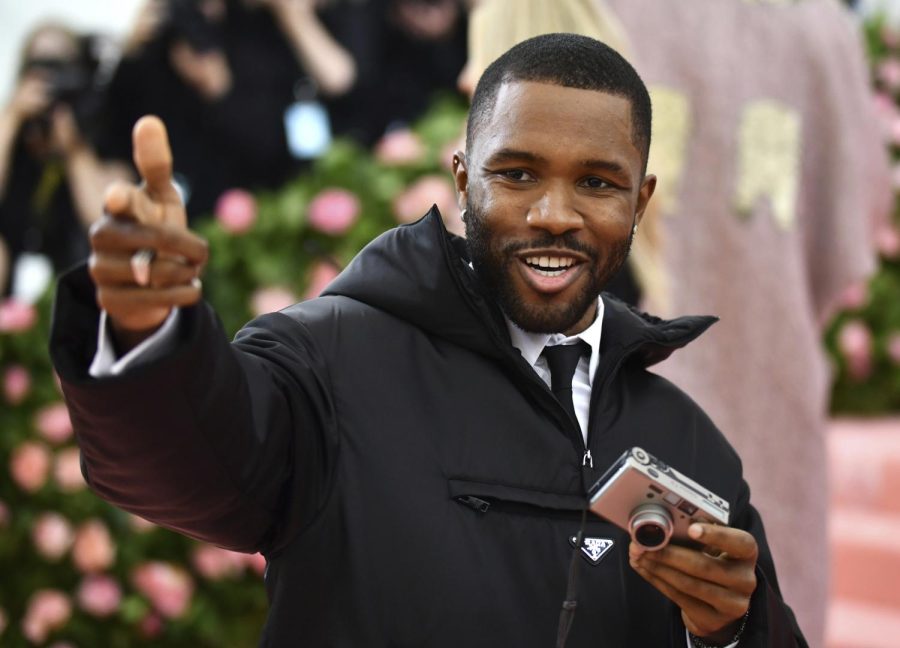
Wanting to become a solo artist, Ocean joined Odd Future, a hip-hop group, in 2009. Ocean soon signed a contract with Def Jam recordings but in 2011, he independently released his debut mixtape nostalgia, ULTRA. Releasing the mixtape without Def Jam hindered Ocean’s relationship with the company; however, the relationship was repaired as the mixtape generated much success.
One year later, Ocean released channel Orange which ranked number one on the Billboard Top R&B/Hip-Hop Albums chart. In 2013, Ocean won the GLAAD Media Award for “Outstanding Music Artist” for the album.
Ocean has since released Blonde in 2016, giving him his first number one album on the Billboard 200 in its debut week. It is speculated that Ocean spells the album name as Blonde and Blond for ambiguity, according to Tylt.
On his Tumblr account in 2012, Ocean told his followers that his first love was a man.
“4 summers ago, I met somebody. I was 19 years old. He was too. We spend that summer, and the summer after, together. Everyday almost. And on the days we were together, time would glide… By the time I realized I was in love, it was malignant, it was hopeless, there was no escaping, no negotiating with the feeling, no choice. It was my first love, it changed my life,” Ocean said on Tumblr.
Currently having over 540 million streams on Spotify, Ocean’s single Chanel was released in 2017. The song is a mellow, R&B track in which Ocean alludes to his bisexuality.
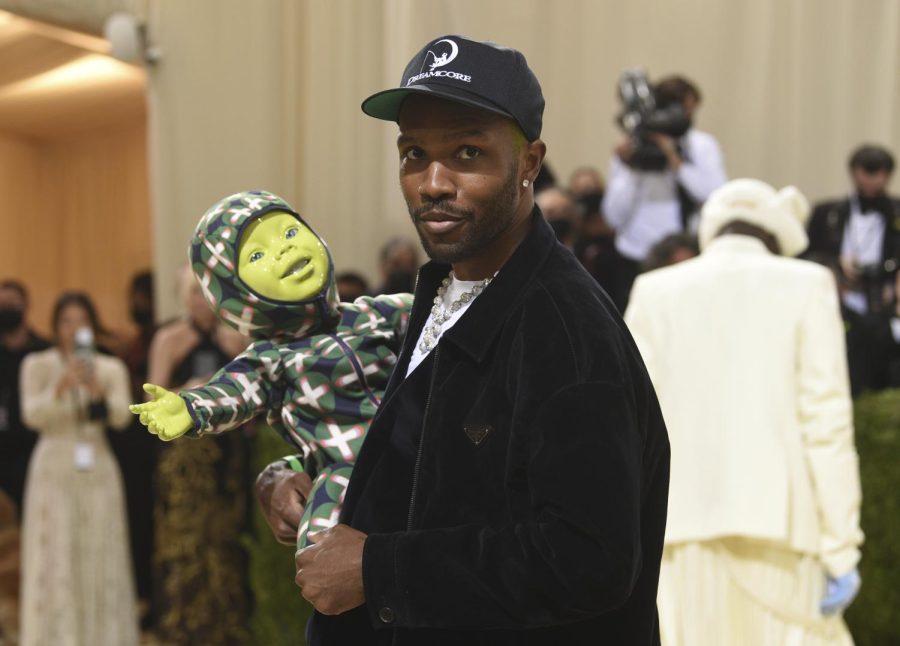
Soft instrumentals begin Chanel as a piano rolls each chord. Gentle brushes on a snare drum as well as a shaker, shaking, solidifies the percussive groove. After eight bars, Ocean opens the vocal part as kicks of a bass drum enhance the beat. Another vocal track doubles Ocean’s periodically throughout the first verse while the piano dances on notes within the chords.
Percussion departs from the track to illuminate the vocals. Pace of the vocal melody increases and a background (BG) vocal track, panned to the right, is distantly heard between phrases. An airy siren descends in the horizon.
Now tripling the Ocean’s vocal track, a new vocal track hops on the melody. Percussion comes back in the mix as a low-pitched, yet bright, takes the place of the siren.
Synth and the rolling piano chords play for one bar, settling vivacity.
Transitioning from rapping, Ocean sings melodiously for the first time in the bridge. Sonorous harmonies fill out his vocal riffs as he reiterates the lyrics.
Ocean raises the next verse up an octave. The absence of percussion, again, allows the vocals to resound as Ocean soulfully belts. As the melody of the verse is repeated, BG vocals and ad libs swim in lower harmony.
When the chorus arrives, auto-tune electrifies the vocals as they remain in the raised octave.
A variation of distortion is added onto the multiple vocal tracks to give a new sound to the familiar melody. Vocals complete their phrase as the melodic instruments bring the song to its conclusion.
__
For more information or news tips, or if you see an error in this story or have any compliments or concerns, contact editor@unfspinnaker.com.



